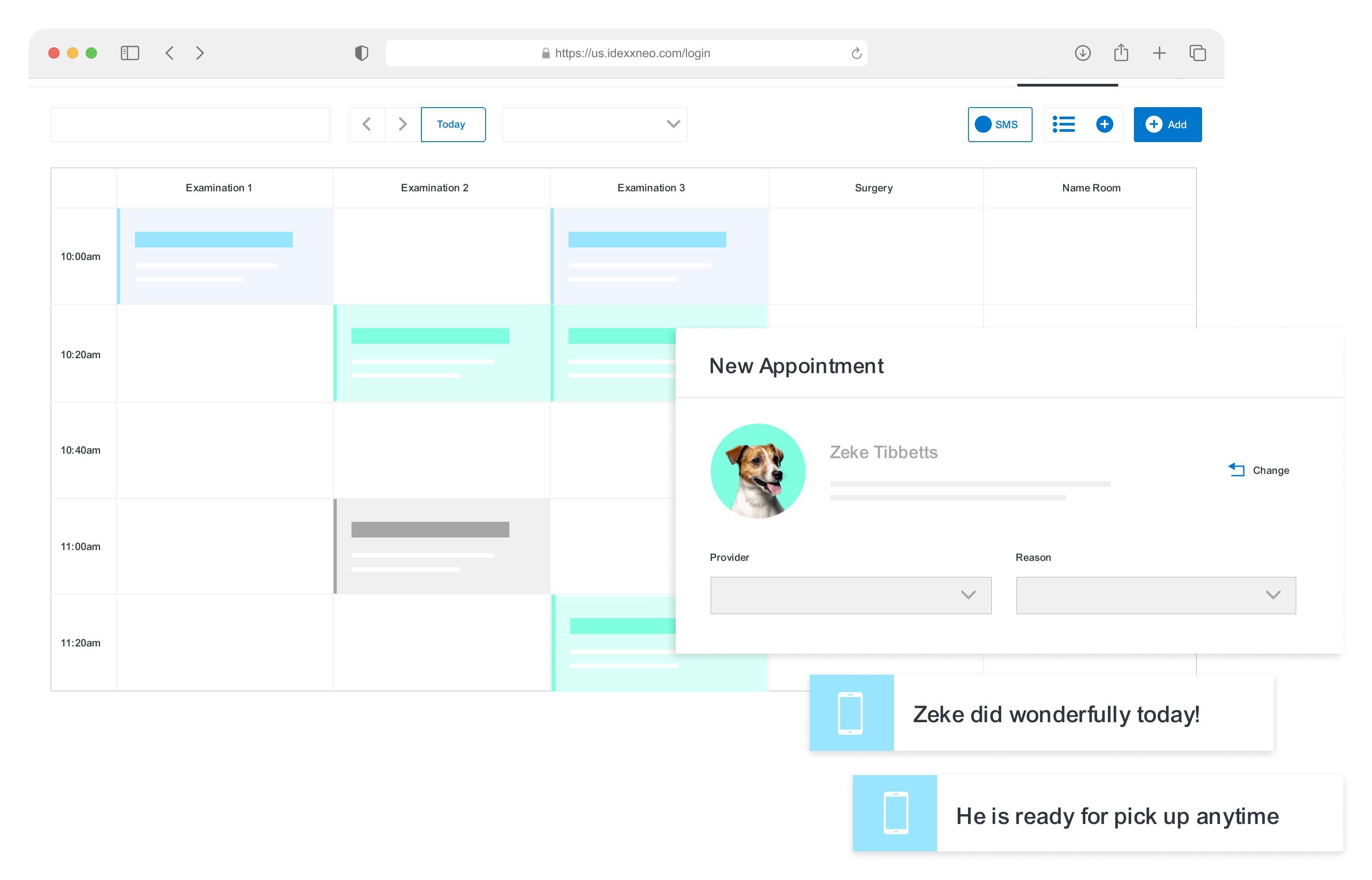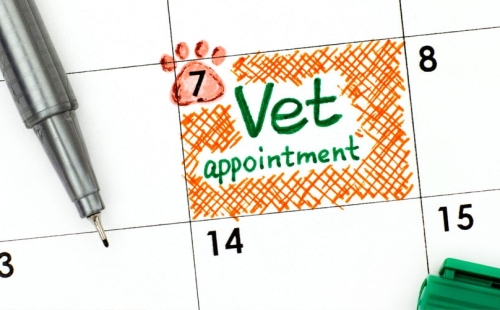Creating Consistency: Writing Effective Veterinary SOPs

Veterinary professionals are resourceful and hardworking, and they’ll find a way to accomplish whatever needs to be done. However, with no clear protocols, each team member may perform clinic tasks differently, which sends new staff members mixed messages. During training, new hires will learn several ways to perform each task, and never be sure which way is “correct.”
Standard operating procedures (SOPs) are written protocols that establish precisely how a task should be performed to get the best results. Veterinary SOPs are required in many hospital areas for practices undergoing AAHA certification, but they can help any team that needs direction. Here are the basics of establishing and writing veterinary SOPs that set up your team for success.
What are veterinary SOPs and why do they matter?
SOPs are step-by-step instructions that discuss the reasons for a task and provide an outline for carrying them out in a specific practice. SOPs maintain consistency, assist in training new team members, serve as a reference for existing team members, and reduce mistakes. Here are some applications to consider when determining which processes in your clinic can benefit from veterinary SOPs.
- Training and onboarding — Clear instructions help new hires hit the ground running and build confidence in their abilities.
- Accountability — Defined expectations help you hold team members accountable for their actions.
- Compliance — Documentation helps your practice meet regulatory requirements, such as controlled drug management.
- Client care — SOPs ensure a consistent client experience, so pet owners know what to expect before, during, and after visits, and when communicating with the team.
Steps for creating veterinary SOPs
The “divide and conquer” approach can help you successfully establish or update protocols across the clinic. Assign team members with expertise in each area to create an SOP using a specific template to ensure consistency. Then, bring them together to share, discuss, and refine SOPs until you reach a collective consensus.
Here are the steps to help guide veterinary SOP creation:
- Identify key areas — Pinpoint core areas that can benefit from standardization. You can start with client communication, patient care, inventory, scheduling, emergencies, equipment maintenance, controlled drugs, or cleaning procedures. Think about common errors or challenges your team faces daily and how SOPs can address the issues.
- Gather team input — Host brainstorming sessions or conduct team surveys to collect team insights. Ask team members to think about how they perform tasks, the pitfalls they encounter, and how processes could be improved.
- Create step-by-step instructions — Clarity is critical when writing veterinary SOPs. Use straightforward language and break each process into small, digestible steps that a stranger walking into your practice could follow.
- Use visual aids — Diagrams, flowcharts, photos, and checklists can make written protocols easier to understand.
- Revise and refine — An SOP should evolve as the team’s needs and objectives change. Team members should first follow protocols exactly as written, and then revise them if inefficiencies are found.
- Store SOPs in accessible locations — Store documents in a centralized location, such as a shared digital folder or a physical binder. You can also post copies of commonly used SOPs in relevant areas throughout the hospital.
- Train your team — Introduce new SOPs during team meetings to explain their purpose and demonstrate how they should be followed. At least annually, give a quick refresher course to remind everyone of required protocols and adjust them if necessary.
- Use modern software — Cloud-based veterinary practice management software can simplify SOP development and implementation by encouraging collaboration and creating to-do lists and reminders for key contributors. Customizable templates and cloud storage can help keep protocols organized and accessible.
Writing SOPs can be tedious, but protocols are essential to your team’s success. Clear procedures empower employees, boost client satisfaction, and support better patient care. Start slowly, working through protocols a few at a time until you have a functional SOP library to guide operations that will help your hospital thrive.




